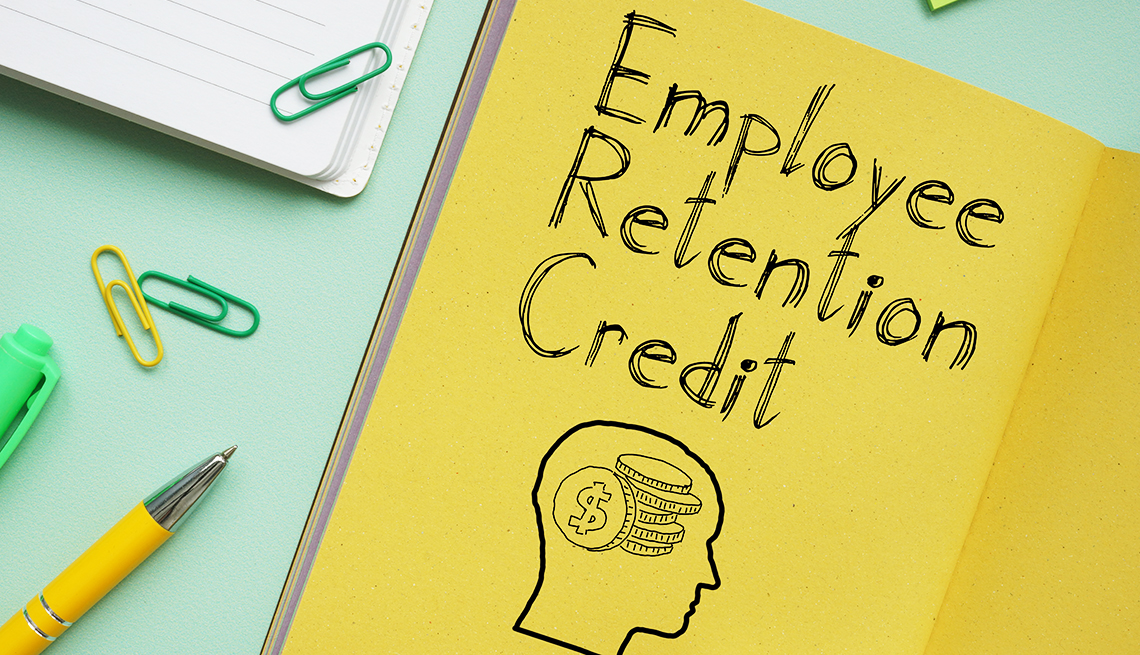AARP Hearing Center
If you’re an employer, you’d probably love to get the Employee Retention Credit (ERC), a federal tax credit of up to $7,000 per quarter per employee. And, yes, it’s a real thing.
But you can also get scammed, and the IRS is cautioning taxpayers to tread carefully when claiming it — and to make sure that they’re dealing with a legitimate tax adviser. Be particularly wary of tax preparers who are advertising heavily on radio and internet, touting big tax savings via the ERC.
About the Employee Retention Credit
The ERC is a generous tax benefit for businesses that retained their employees early on during the COVID-19 pandemic. The credit is available to businesses that were forced to fully or partially shut down between March 13, 2020, and Dec. 31, 2021. In addition, the credit is available to any employer with significantly lower gross receipts compared with 2019. The credit is not available to individuals, only businesses.
What makes the tax benefit particularly generous is that it’s a credit. Unlike a tax deduction, which reduces taxable income, a tax credit cuts your tax bill dollar for dollar. Even better, the ERC is a refundable tax credit, which means that if your credit is larger than the amount of tax you owe, the government will write you a check for the remainder of the credit. In short, it can turn a tax bill into a tax refund, or a tax refund into a bigger refund.
The ERC for the 2020 tax year is 50 percent of up to $10,000 of an employee’s wages that year. It covers wages paid after March 13 and before Dec. 31, 2020. For 2021, the ERC is 70 percent of up to $10,000 of an employee’s wages for each quarter. (Most businesses can’t claim the credit for the last three months of 2021.) The ERC was not renewed for tax year 2022, but employers may still make claims for the credits for 2020 and 2021 by filing amended tax returns.
Don’t be too quick to file an amended return. Earlier in December, the IRS sent more than 20,000 copies of Letter 105 C, Claim Disallowed, to taxpayers notifying them of disallowed ERC claims. This group of letters will cover taxpayers ineligible for the ERC either because their entity did not exist or did not have employees for the time period when the credit was claimed.






































































